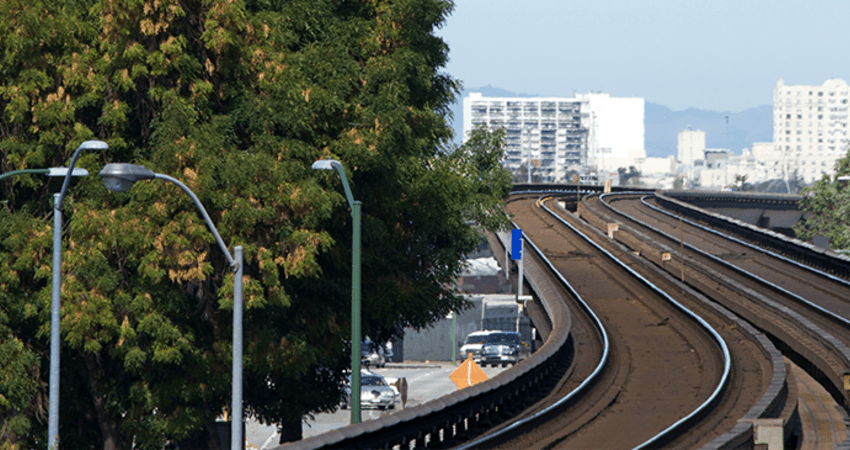
Bay Area Resident Survey Provides Lessons for Affordable TOD
- Title:
- Bay Area Resident Survey Provides Lessons for Affordable TOD
- Author:
-
Association of Bay Area Governments and Resources for Community Development
- Source:
- Publication Date:
-
2015
Since the closure of California’s redevelopment agencies, new affordable housing funding sources, such as the Affordable Housing and Sustainable Communities Program (AHSC), are tied to the state’s greenhouse gas (GHG) reduction goals. Developers throughout the state have therefore sought opportunities to include affordable housing in transit-oriented development (TOD), leading to reductions in vehicle miles traveled (VMT) and therefore GHG emissions. To understand transit patterns among affordable housing residents living in TOD and non-TOD sites, the Association of Bay Area Governments and Resources for Community Development conducted a survey of more than 200 households residing at one of five affordable housing developments in the San Francisco Bay area during the summer of 2014. The properties served a combination of extremely-low (less than 30% of Area Median Income), very-low (30-50% of AMI), and low-income (50-100% of AMI) households. The two TOD properties were within two blocks of transit in downtown Berkeley and Oakland; the three non-TOD properties were in Alameda and Pittsburg. The survey results, published in “Transit Oriented Development and Affordable Housing: A Survey of Residents in Five East Bay Properties,” provide actionable lessons for developers and policymakers on increasing the use of public transit while expanding access to affordable housing.
Major findings:
- Transit access, transit costs, and parking costs affect transportation decisions for affordable housing residents.
- TOD locations had reduced car use and VMT compared with non-TOD locations. Between non-TOD locations, car use and VMT was less at the sites with more convenient transit.
- Car ownership rates were similar (78-83%), except at the location with higher parking fees and a larger share of extremely-low income residents.
- Affordable housing residents are sensitive to the costs of different transportation options. When fares increase, they expect to use transit less.
- TOD residents used the BART rail system more than residents in non-TOD locations.
- Residents’ use of the bus system at the Alameda sites was comparable with usage in TOD locations. Compared with the other non-TOD site (Pittsburg), Alameda’s bus proximity was about the same (less than one-half mile), but bus service was more frequent and some shuttles were free near the Alameda developments.
- Residents’ choice of transit varies with income. Extremely-low and very-low income households were less likely to use BART than low and moderate-income households. Bus ridership was higher for extremely-low and low-income residents than for those with very-low and moderate incomes.
- In both TOD and non-TOD locations, households with lower incomes use transit more and drive less than those with higher earnings.
- Overall, TOD residents travel shorter distances to most types of destinations. A little less than one-third of the trips by residents in TOD locations were less than mile, compared with less than one in four or one in five trips made by residents of non-TOD locations.
- Residents traveled the greatest distances to work, places of worship, and medical facilities. The distance traveled to these destinations also varied the most between TOD and non-TOD sites.
- After moving, fewer than one in four residents changed their place of worship or medical provider. Approximately one-third changed their children’s school after moving.
- Respondents who moved to TOD sites did not report an improvement in their access to jobs, suggesting that TOD and non-TOD locations both offer access to jobs but at different costs and through different modes of transportation.
- In both TOD and non-TOD locations, the majority of residents chose to walk or bike to nearby destinations.
Policy recommendations:
- In TOD locations, restricting parking or increasing costs of parking, combined with providing subsidies for transit are likely to reduce car usage and lower GHG emissions.
- Building affordable housing near amenities and services like retail and grocery stores in non-TOD locations is likely to reduce GHG emissions and car usage.
- For affordable housing residents further from transit, programs that subsidize the costs of shuttles or other such services to public transportation hubs will boost ridership.
- A range of affordability levels for TOD may provide more accessibility for lower-income residents while reducing VMT more for moderate-income households.


